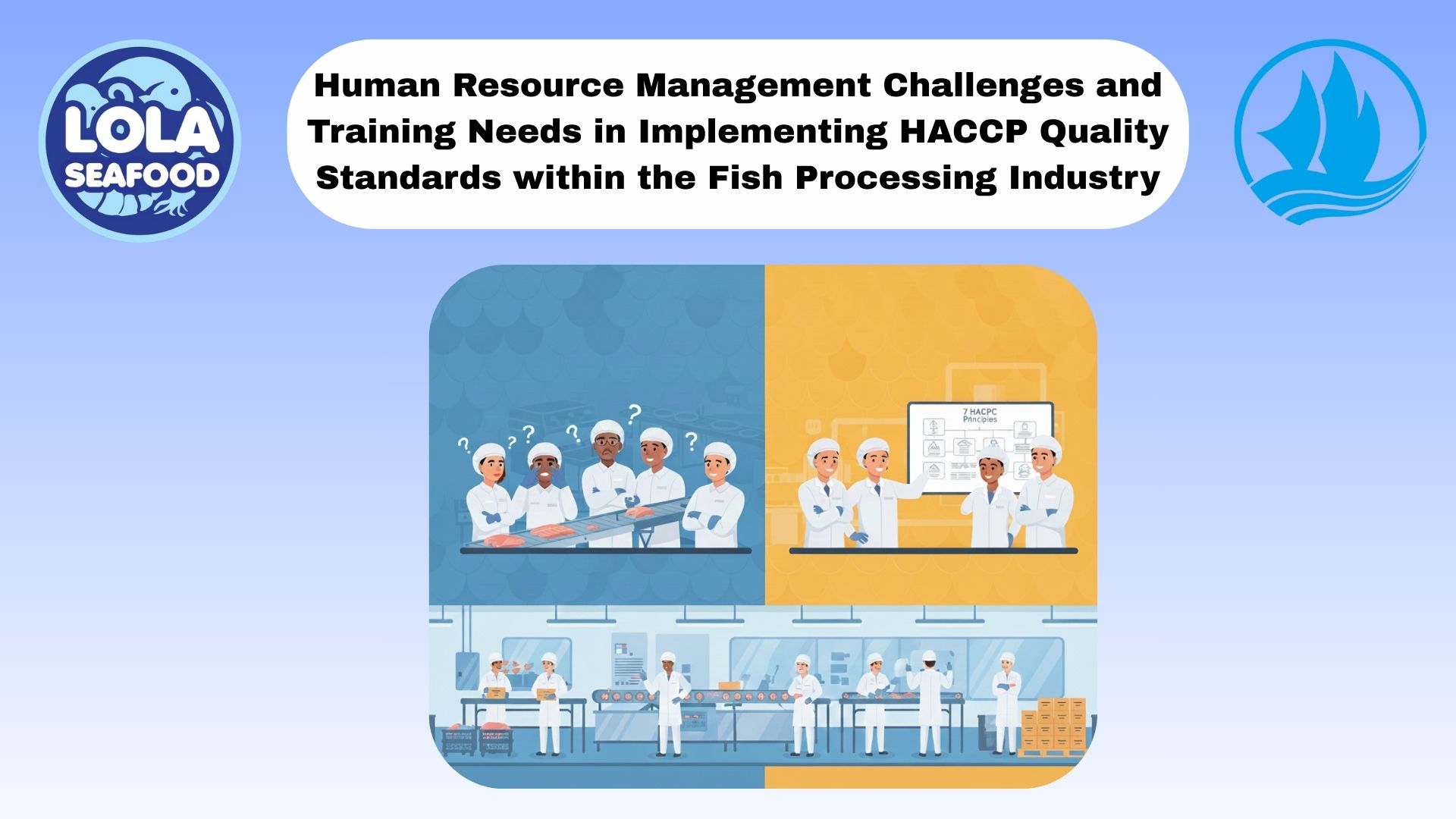Gillnets vs Longlines: Which Method Impacts Fish Safety the Most?
By. Wiwik Rasmini - 12 Sep 2025.jpg)
Kelolalaut.com When it comes to the fishing industry, the choice of capture method is not only about how much fish can be caught but also about how safe and suitable those fish will be for processing and eventual human consumption. Among the most widely used methods are gillnets and longlines, each with its own advantages, drawbacks, and implications for food safety in the fish processing sector.
Understanding the Two Methods
- Gillnets are vertical nets set in the water column where fish swim into them and get caught by their gills. This method is efficient and commonly used for species like salmon, sardines, mackerel, and sometimes sharks.
- Longlines, on the other hand, consist of a long main line with baited hooks spaced at intervals. They can extend for kilometers and are often used to catch larger species such as tuna, swordfish, and halibut.
At first glance, both methods appear effective for catching large quantities of fish, but their impact on fish safety during processing can differ significantly.
The Impact of Gillnets on Fish Safety
Gillnets are often criticized for the stress and damage they cause to fish. Because fish can remain trapped in the net for hours, or even overnight, several issues arise:
- Physical Damage: Fish caught in gillnets often suffer bruises, scale loss, or broken bones due to struggling in the net. This not only reduces the commercial value of the fish but also creates entry points for bacteria.
- Delayed Retrieval: If fishermen do not haul the nets promptly, fish may die before retrieval. Dead fish deteriorate faster, leading to higher risks of spoilage and contamination.
- Temperature Control: Fish left in nets at sea temperature (often warm in tropical regions) can quickly lose freshness, increasing microbial growth before reaching the processing plant.
- Bycatch Concerns: Gillnets often capture unintended species, which may die and decompose in the net, creating hygiene problems when handling the catch.
Because of these factors, fish from gillnets generally require stricter quality checks during processing to ensure they are safe for human consumption.
The Impact of Longlines on Fish Safety
Longline fishing is often considered gentler on fish quality, but it also comes with its own risks. Key points include:
- Better Individual Handling: Since fish are caught on hooks, they are usually hauled aboard one by one. This minimizes physical damage compared to gillnets and helps maintain flesh integrity.
- Shorter Stress Period: While some fish may remain hooked for hours, the damage is typically less severe than gill entanglement. Many fish are still alive when brought on board, which is beneficial for maintaining freshness.
- Lower Spoilage Risk: Because longliners often use ice or refrigerated seawater tanks immediately after hauling, the cold chain begins earlier, reducing the risk of bacterial growth.
- Species Targeting: Longlines are more selective, reducing bycatch and contamination risks from decomposed non-target species.
However, longline fishing is not without drawbacks. Hooked fish can suffer stress and injuries, especially if the retrieval process is slow. Furthermore, baited hooks can sometimes attract unwanted species like seabirds or sharks, complicating handling at sea.
Comparing Food Safety Outcomes
When comparing the two methods in terms of fish safety for processing, several conclusions can be drawn:
- Gillnets are more likely to compromise fish safety due to delayed retrieval, higher physical damage, and temperature exposure. The longer the fish remain in the nets, the higher the risk of bacterial contamination before processing begins.
- Longlines tend to produce fish in better condition, with less spoilage risk, making them more suitable for high-value processing industries such as sashimi-grade tuna.
Ultimately, longlines generally outperform gillnets in ensuring fish safety, but they require more time, labor, and cost to operate.
Implications for the Fish Processing Industry
For processing plants, the method of capture directly affects:
- Shelf Life: Fish from longlines usually have longer shelf life due to lower spoilage rates.
- Processing Efficiency: Less damaged fish are easier to process and yield higher recovery rates.
- Food Safety Standards: International markets demand strict compliance with HACCP (Hazard Analysis and Critical Control Point). Longline-caught fish often meet these standards more easily.
- Market Value: High-quality fish, especially tuna and swordfish caught by longlines, command premium prices in global markets.
Moving Toward Sustainable and Safe Fishing
While both methods will continue to be used in global fisheries, the challenge is to optimize practices for better fish safety:
- For gillnets, faster hauling times, improved net materials, and onboard chilling systems can help reduce safety risks.
- For longlines, reducing soak times and implementing rapid chilling techniques can further enhance quality and safety.
In the future, combining technological innovations—such as smart sensors to monitor catch conditions—with stricter handling protocols at sea will be essential to meet rising consumer demands for safe, high-quality fish.
Both gillnets and longlines play a vital role in the fishing industry, but their impacts on fish safety differ significantly. Gillnets pose higher risks of physical damage, spoilage, and contamination, while longlines generally preserve fish quality better, making them the preferred method for industries that prioritize food safety and high-value products.
For the fish processing industry, understanding these differences is not just a matter of efficiency—it is a crucial step toward ensuring that consumers receive fish that are safe, fresh, and of the highest possible quality.
If youre interested in our Red / Scarlet Snapper Indonesian Seaperch Whole Round / Whole Gilled Gutted Scaled , Red / Scarlet Snapper Fillet Skin On and Red / Scarlet Snapper Fillet Portion please do not hesitate to contact us through email and/or Whatsapp
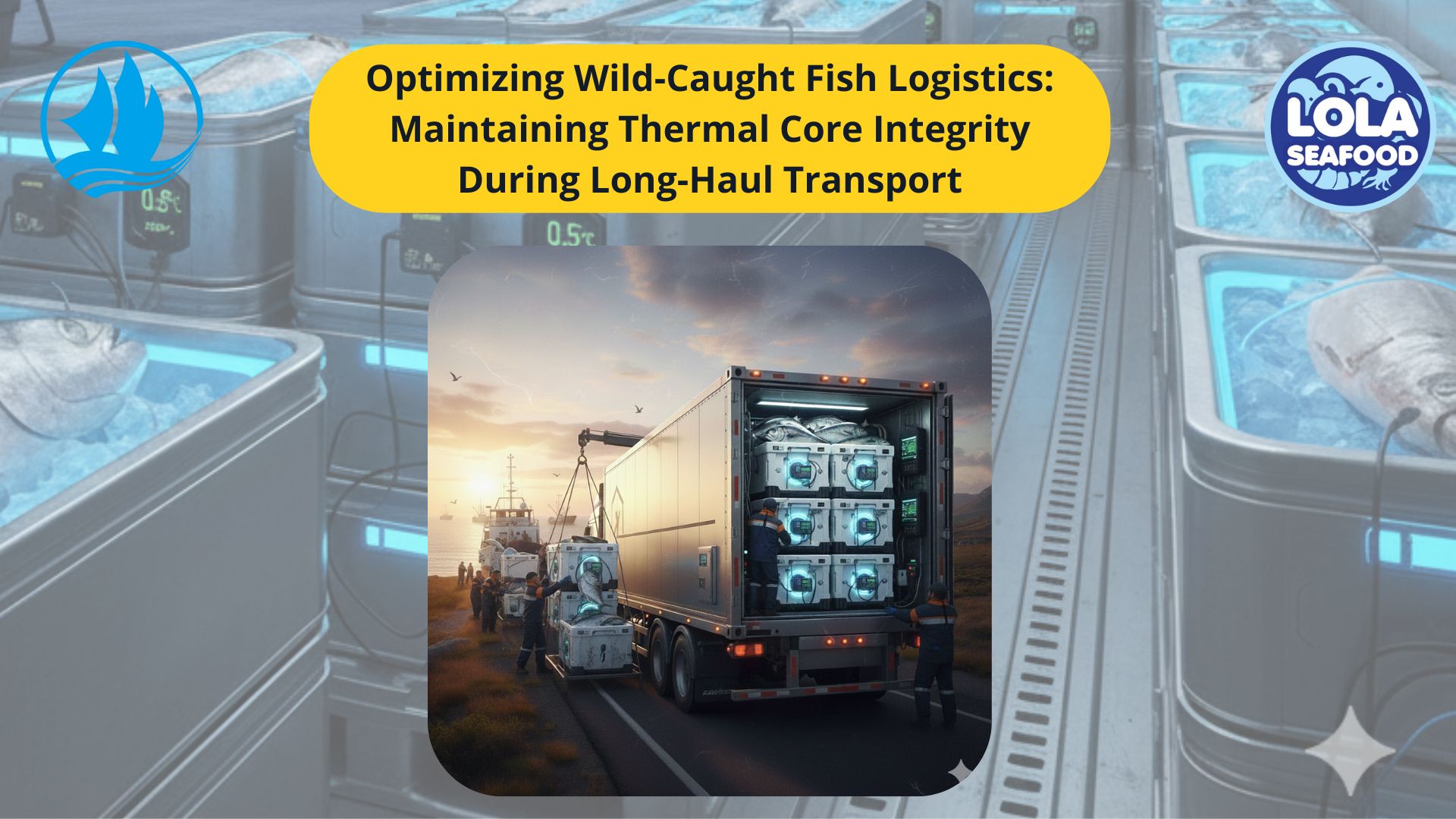
Optimizing Wild-Caught Fish Logistics: Maintaining Thermal Core Integrity During Long-Haul Transport
.jpg)
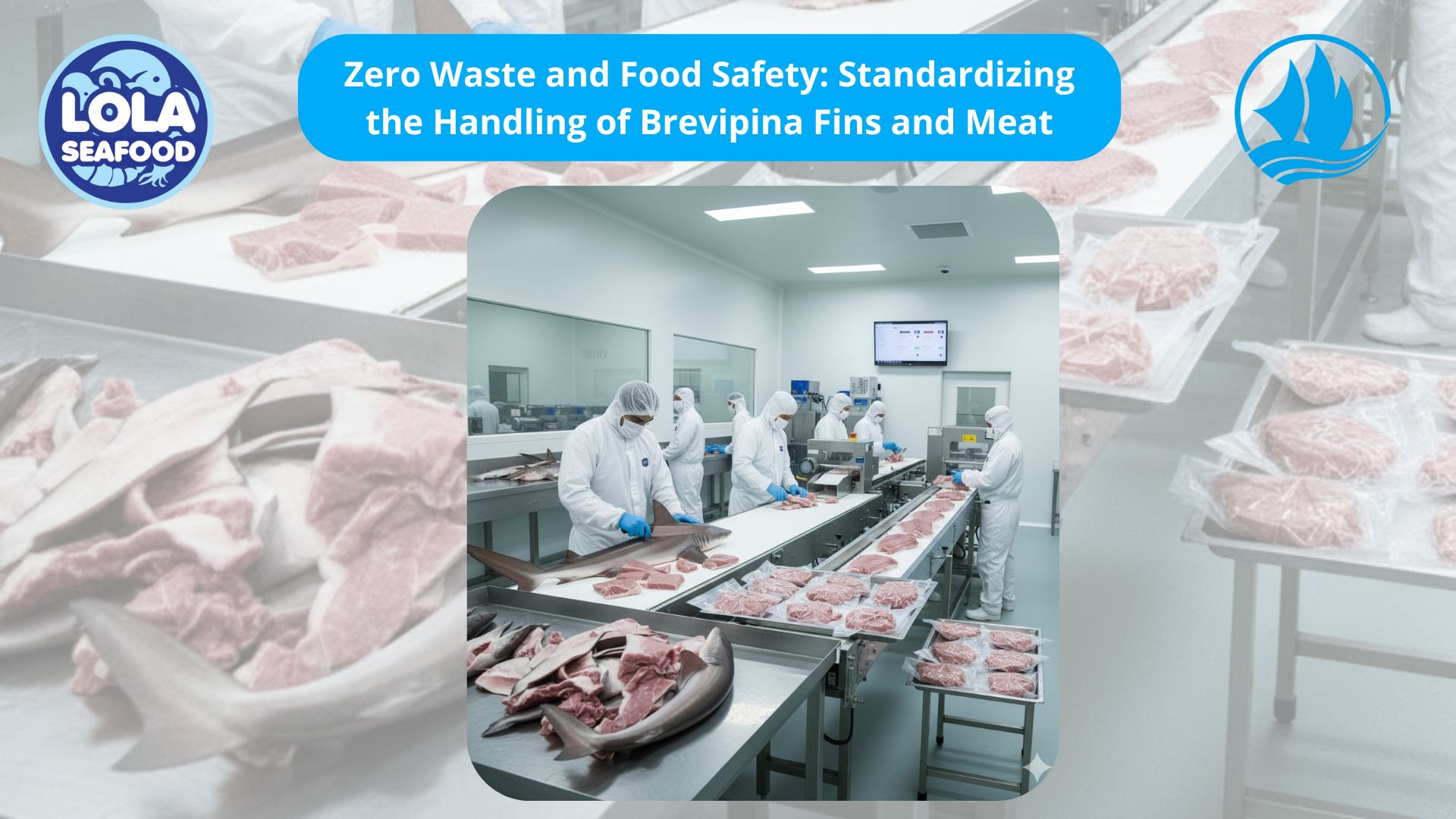
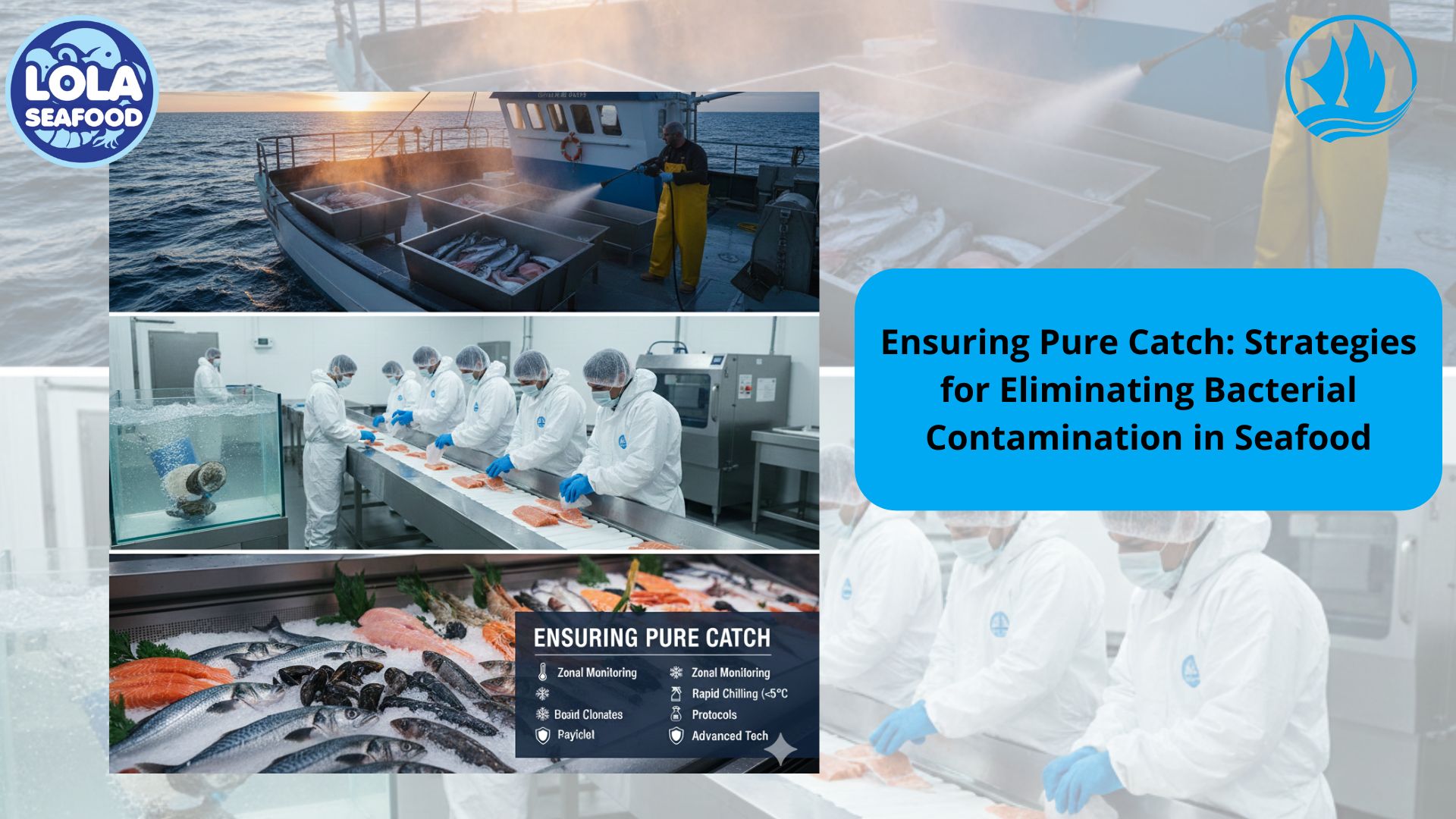
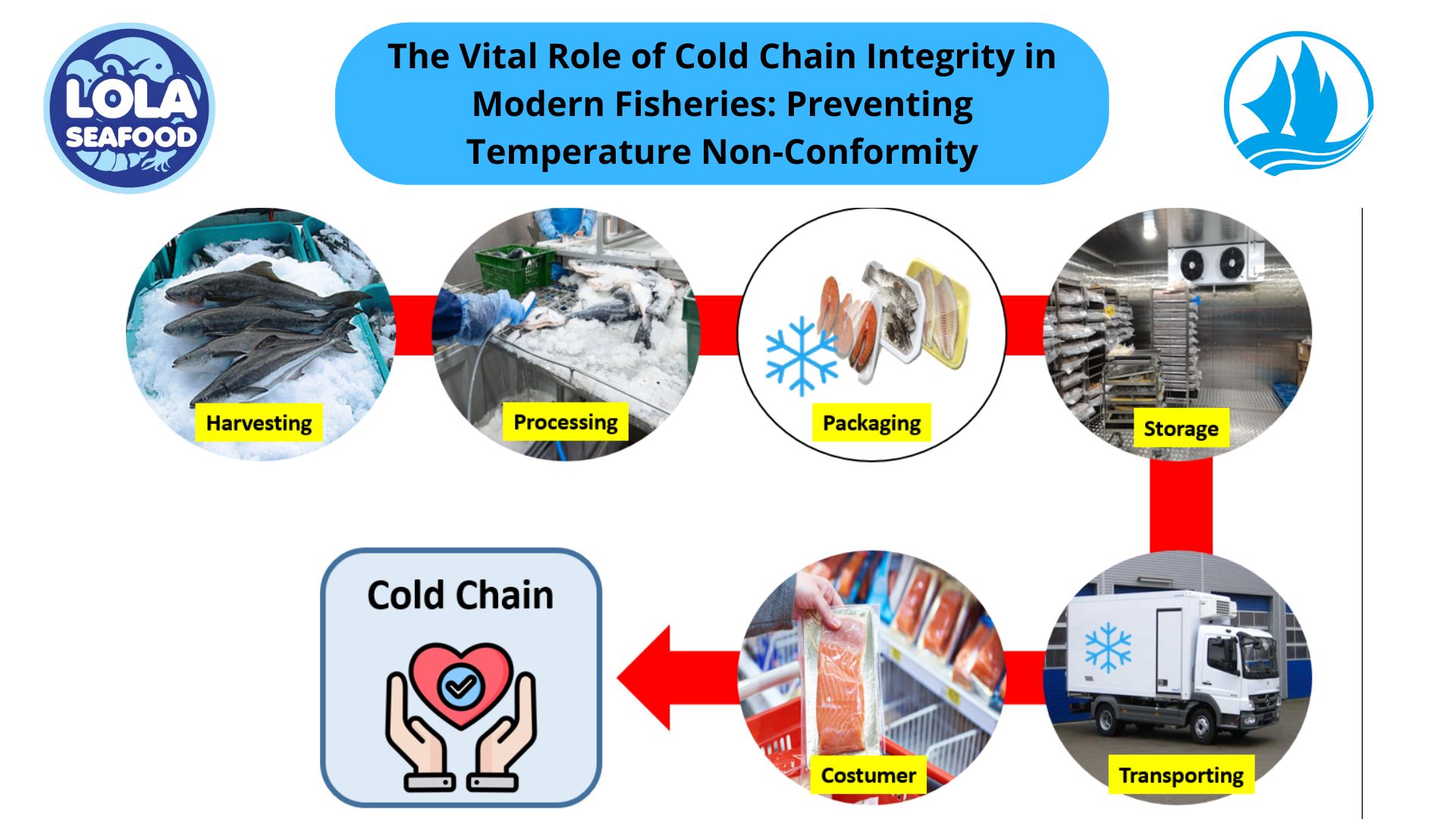
.jpg)
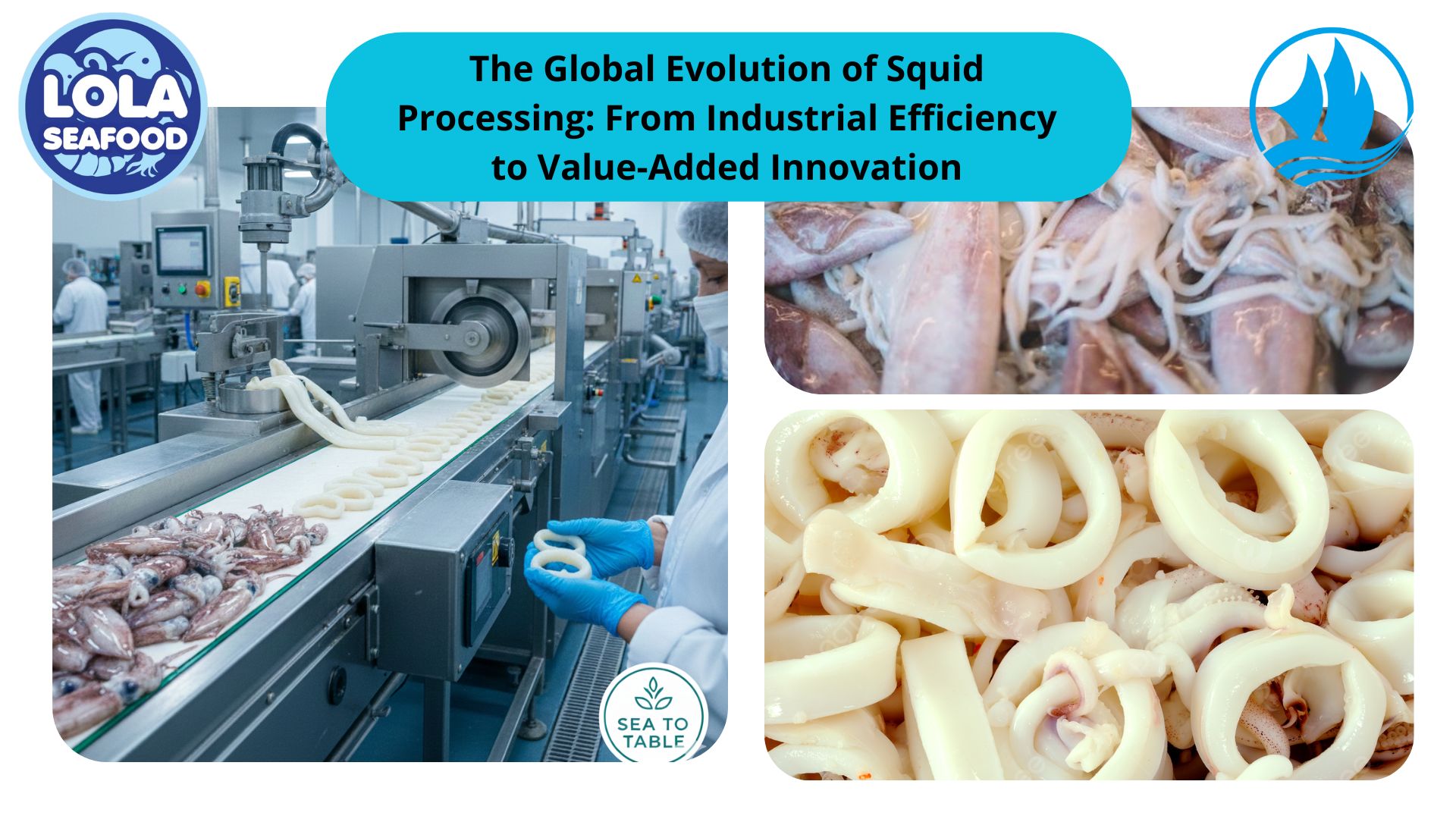
 and Employee Productivity on the Demersal Fish Processing Floor.jpg)
